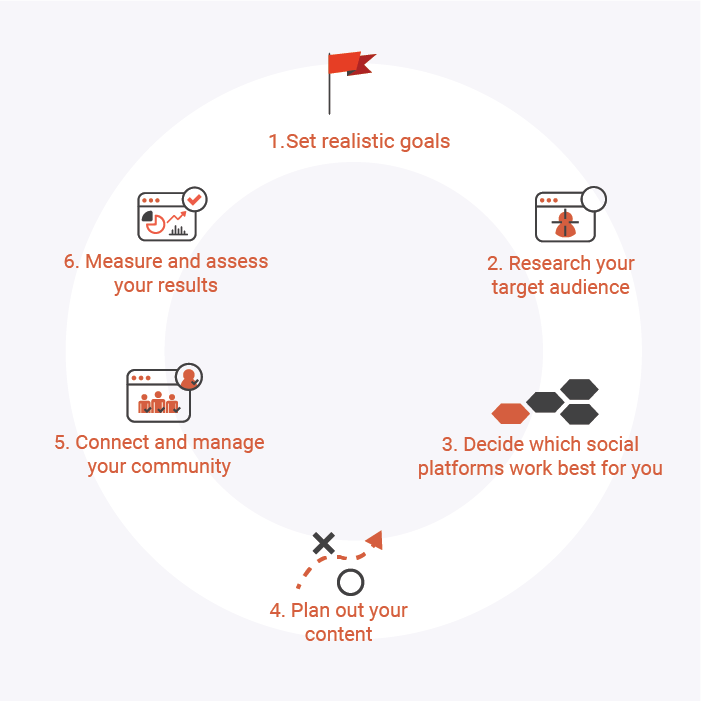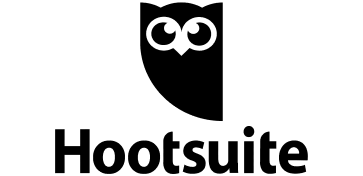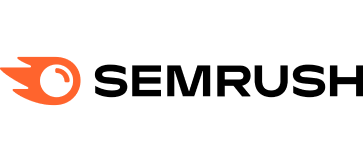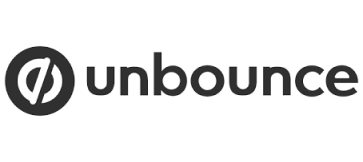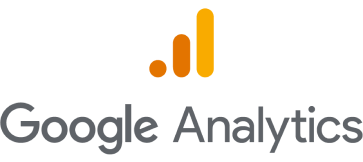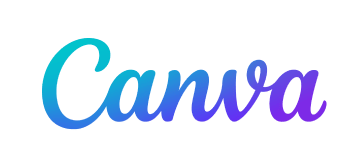Win Back Lost Customers: A Quick Guide to Retargeting Ads
Did you know only 2% of online shoppers convert on their first visit to an e-commerce store?
The cold harsh truth is that most people who visit your website for the first time leave without making a purchase. Maybe it’s because they aren’t ready to commit yet or they simply get distracted before clicking the ‘Buy Now’ button (our attention span is shorter than a goldfish’s after all).
In general, first-time visitors leave without converting and rarely return to your website when they don’t have a reason to. But here’s a secret: there’s a way to bring them back.
Retargeting gives you a second or maybe even a third chance to re-engage your past visitors by reminding them of your brand and products after they leave your website.
To put it in a nutshell, retargeting uses simple tracking codes that allow you to show highly relevant ads to visitors when they visit other web pages or scroll through Facebook and Instagram.
Ultimately, ad retargeting strategies can help increase the visibility of your brand. And by reaching prospects and potential customers that have already expressed an interest in your services or products, retargeting is a surefire way to get them to buy.
Need more convincing? Read on for retargeting statistics that just might blow you away.

Retargeting Statistics You Need to Know
Here are five statistics that will make you strongly consider implementing retargeting into your digital marketing strategy:
- According to Wishpond, retargeting ad campaigns perform ten times better than regular display banners.
- Criteo saw a 43% increase in conversions with retargeted ads.
- According to CMO, 25% of online shoppers enjoy seeing retargeted ads because they serve as reminders of the brands and products they were already interested in.
- A Pew Research Center study on privacy found that 47% of consumers are happy to share their information for better deals.
- MotoCMS reveals that retargeting can reduce cart abandonment by 6.5% and increase sales by 20%.
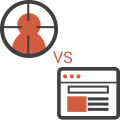
Retargeting vs Remarketing: What’s the Difference?
Before we get into the nitty-gritty, let’s answer the burning question: what’s the difference between retargeting and remarketing?
‘Retargeting’ and ‘remarketing’ are often used interchangeably because they help you achieve the same goals.
Both target people who already visited your website and showed interest in your products. Both re-engage people are most likely to convert. Both help you build brand awareness and increase visibility.
While they have a handful of similarities, retargeting and remarketing use different digital marketing tactics to accomplish these goals.
Retargeting uses paid ads on websites, social media, email, and other platforms to target audiences who have visited your web pages or your social media profiles.On the other hand, remarketing often uses email campaigns to re-engage old customers who have already done business with your brand. To learn more about remarketing, visit our digital service page: Remarketing.
How Retargeting Works
So how exactly do retargeting ads work?
After leaving your website, a visitor will start to see your targeted ads while browsing other online stores, reading a blog post, or scrolling through Instagram. How is this possible?
Retargeting ads use simple pieces of code placed on your website to track a new visitor’s browser cookies. Their cookies will then alert the retargeting platform you are using – Google Ads, AdRoll, or Facebook Ads, for example – to display the most relevant visual or text ads as they browse other websites or scroll through social media.
Any code placed on your site to run retargeting campaigns will not collect or view personally identifiable information including email addresses, phone numbers, and credit card numbers.
To dive a little bit deeper, let’s talk about the two main types of retargeting: pixel-based and list-based.

Pixel-Based Retargeting
Pixel-based retargeting is a great way to keep your products at the forefront of any anonymous visitor’s mind. When a visitor lands on your website, a piece of JavaScript code (aka a pixel) drops an anonymous cookie on their browser.
The pixel acts like a stamp on an online user’s digital passport – it shows that they have travelled to your website or browsed your landing page.
When the visitor leaves your website, the cookie nudges the retargeting platform you’re using to show specific ads to that visitor based on the pages they visited.
Pixel-based retargeting wastes no time – it re-engages lost customers almost immediately after they leave your website. Because they already showed interested in your products, these customers might be more inclined to visit your site again and complete the purchase after they see your ad.

List-Based Retargeting
If you already have an extensive list of email addresses in your database, you may want to take advantage of list-based retargeting.
The process involves uploading the email addresses to your chosen retargeting platform. The platform (Facebook Ads, for example) will then identify users on the network who own those email addresses and display ads only to those users.
List-based retargeting gives you full control over what kind of ad is shown only to a specific audience based on information that you’ve already collected and online behaviour traits. Because it is highly customised and controlled, this hyper-targeted strategy gives you the best chances for clicks and sales.
However, it is worth noting that list-based retargeting requires a bit more time to execute. You’re in charge of uploading and maintaining the list of email addresses. We recommend using this if you have a smaller budget. If you’re looking for a more timely and automatic strategy, then opt for pixel-based retargeting.
Both pixel-based retargeting and list-based retargeting have their own sets of advantages as well as disadvantages. Choose the strategy that best suits the goal you want to accomplish.
Complement Your Digital Marketing Efforts With Retargeting
When done right, retargeting can be an extremely powerful digital marketing tactic in driving any type of conversion. Whether you’re looking to build brand awareness or increase sales, retargeting ad campaigns can help you get there quicker and cheaper than a regular online ad.
New to retargeting? Our team of experts at DGA can provide more information on where retargeting can fit into your existing digital marketing strategies. To learn more about what our team can do to help your online business grow, visit our Digital Marketing Services page. Alternatively, you can give us a call to chat about your conversion goals.

